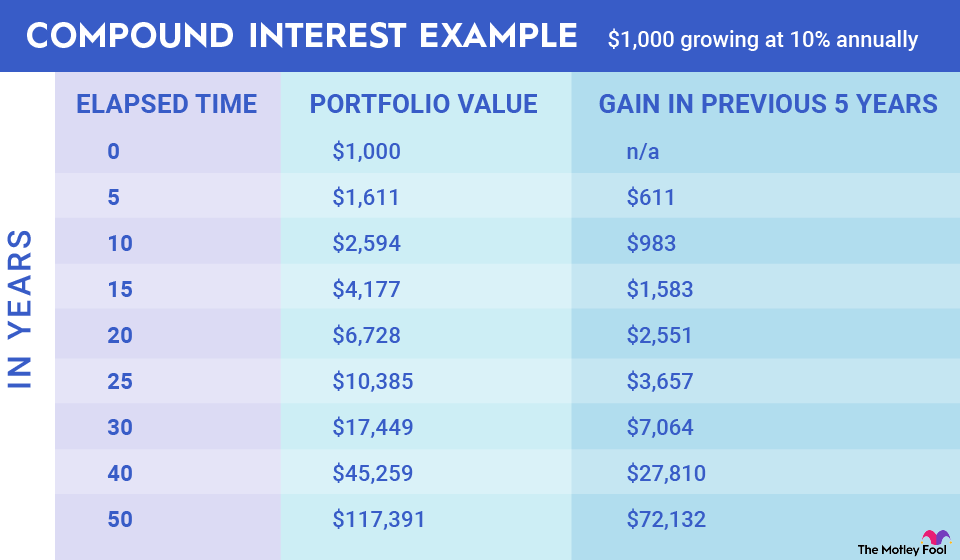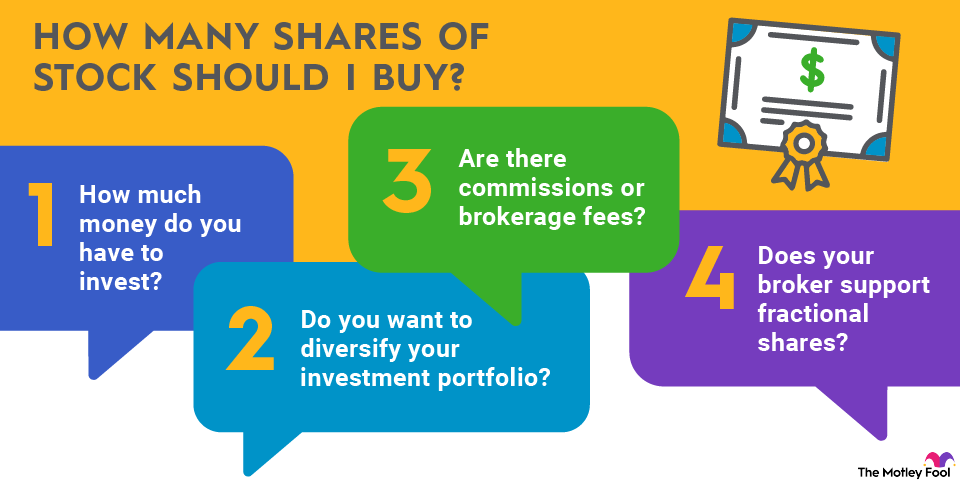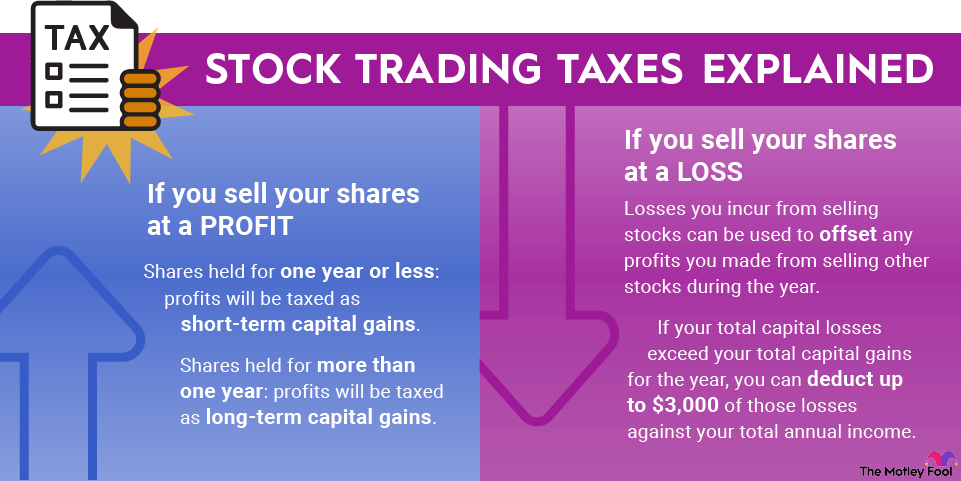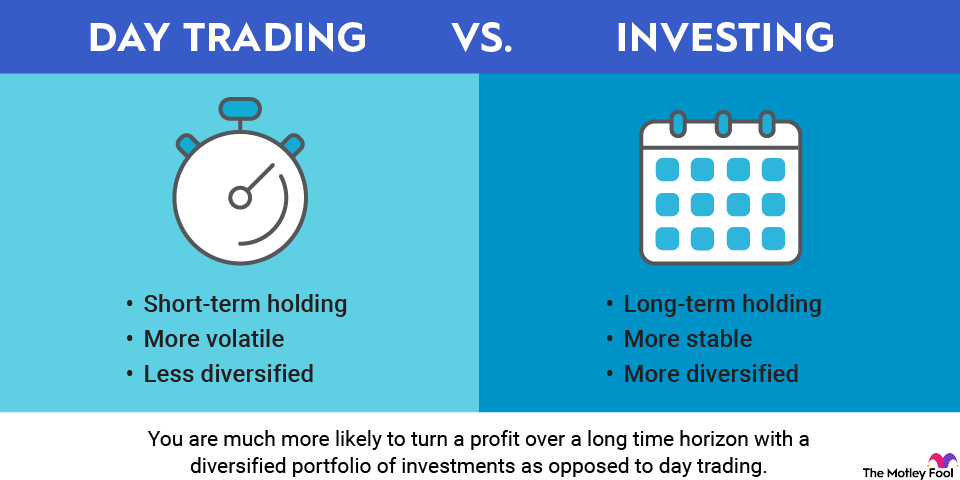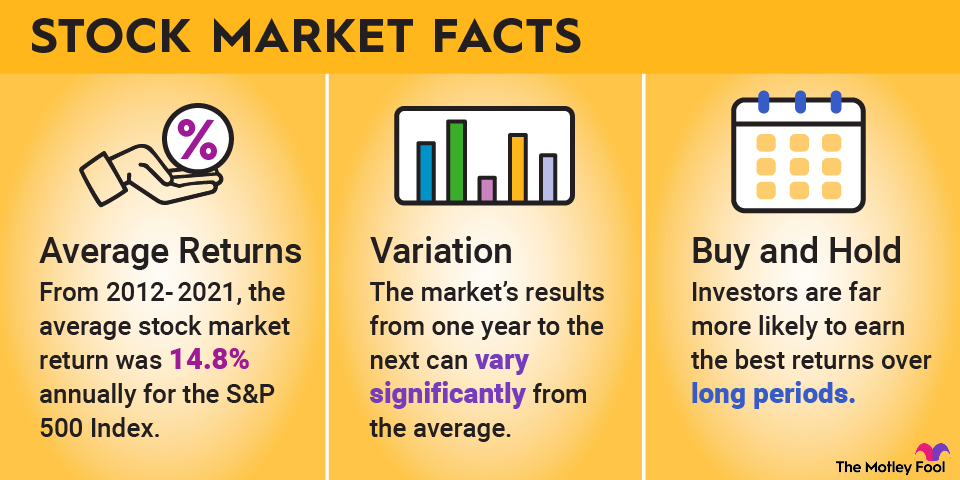GLP-1 drugs are transforming healthcare in the modern age. Initially developed for type 2 diabetes, these drugs have demonstrated significant weight loss benefits. GLP-1s are changing the way healthcare providers think about obesity management beyond traditional surgical approaches.

GLP-1s are showing promise in treating other conditions, too, including cardiovascular disease. Research suggests the drugs may reduce the risk of heart attacks and strokes.
They also hold the potential for managing sleep apnea and improving sleep quality by addressing the underlying obesity factor. And some researchers are exploring their potential in treating kidney disease, Alzheimer's, and Parkinson's.
Companies like Novo Nordisk (NVO -0.53%) and Eli Lilly (LLY +0.07%) are the two formidable leaders in the GLP-1 space, but there are other up-and-coming players to watch, too. Here's what you need to know about how to invest in GLP-1 stocks, how GLP-1 medications work, who makes GLP-1 drugs, key considerations before investing in this space, and more.
What are GLP-1 medications, and how do they work?
GLP-1 drugs, also known as GLP-1 receptor agonists, work by mimicking the effects of a natural hormone called glucagon-like peptide-1 (GLP-1). These products primarily target the pancreas and brain to regulate blood sugar and appetite to enable weight loss and better blood sugar control.
GLP-1 drugs stimulate the pancreas to release insulin in response to meal-related blood sugar increases. This helps to lower blood sugar levels after eating. These drugs also reduce the amount of glucose produced by the liver, further contributing to blood sugar control.
Who makes GLP-1 drugs?
Novo Nordisk and Eli Lilly are the current key players in the GLP-1 market. Novo Nordisk's GLP-1 portfolio includes Ozempic, Rybelsus, and Wegovy, all of which are based on the peptide semaglutide.
- Ozempic and Rybelsus are used to treat diabetes, while Wegovy is Food and Drug Administration (FDA)-approved for chronic weight management in obese patients.
- These medications share the same active ingredient, semaglutide, but they target different conditions and use different routes of administration (injection versus oral).
Novo Nordisk is currently working on its next GLP-1 candidates:
- The company plans to seek regulatory approval for CagriSema, a once-weekly injection being investigated as a potential treatment for adults with obesity and type 2 diabetes, in the first quarter of 2026.
- The company is also planning further clinical development of both the subcutaneous and oral formulations of amycretin, a dual-action weight loss drug that has shown promise in early trials.
Eli Lilly manufactures several GLP-1 receptor agonists, including Mounjaro for type 2 diabetes and Zepbound for weight loss in adults.
- These medications contain the same active ingredient, tirzepatide, and work by mimicking the actions of hormones in the gut that help regulate blood sugar and appetite.
- Eli Lilly is also developing an oral GLP-1 medication, orforglipron. This candidate has shown favorable results in phase 3 trials for weight loss and glycemic control in individuals with type 2 diabetes. Orforglipron is on track for FDA submission by the end of 2025.
Should you invest in GLP-1 stocks?
Here are some factors to consider before you put money to work in GLP-1 stocks.
- GLP-1 drugs, such as Ozempic, Wegovy, Mounjaro, and Zepbound, have gained immense popularity due to their weight loss effects, creating high demand and durable revenue growth streams for manufacturers.
- The surge in revenue and profits that these companies are experiencing from their GLP-1 franchises can also create attractive investment opportunities for long-term shareholders.
- The GLP-1 market is attracting numerous companies, including both established pharmaceutical giants and smaller biotech firms. Growing competition could create opportunities for numerous winners to control profitable slices of the market.
- The high demand for GLP-1 drugs has driven up some manufacturers' stock prices, so there are justifiable concerns in certain market periods about whether these stocks are overvalued.
- Investing in clinical-stage companies working on GLP-1 drugs is a far higher-risk, higher-reward venture than putting cash into an established pharmaceutical company with a diverse product portfolio.
If you prefer a more diversified and less risky approach, consider investing in ETFs holding shares of leaders in the GLP-1 industry. However, if you are confident in your ability to select promising GLP-1 companies and understand the risks involved, individual stocks might be more attractive.













